7 Deadly Pandemics That Reshaped Human History - ListsLook
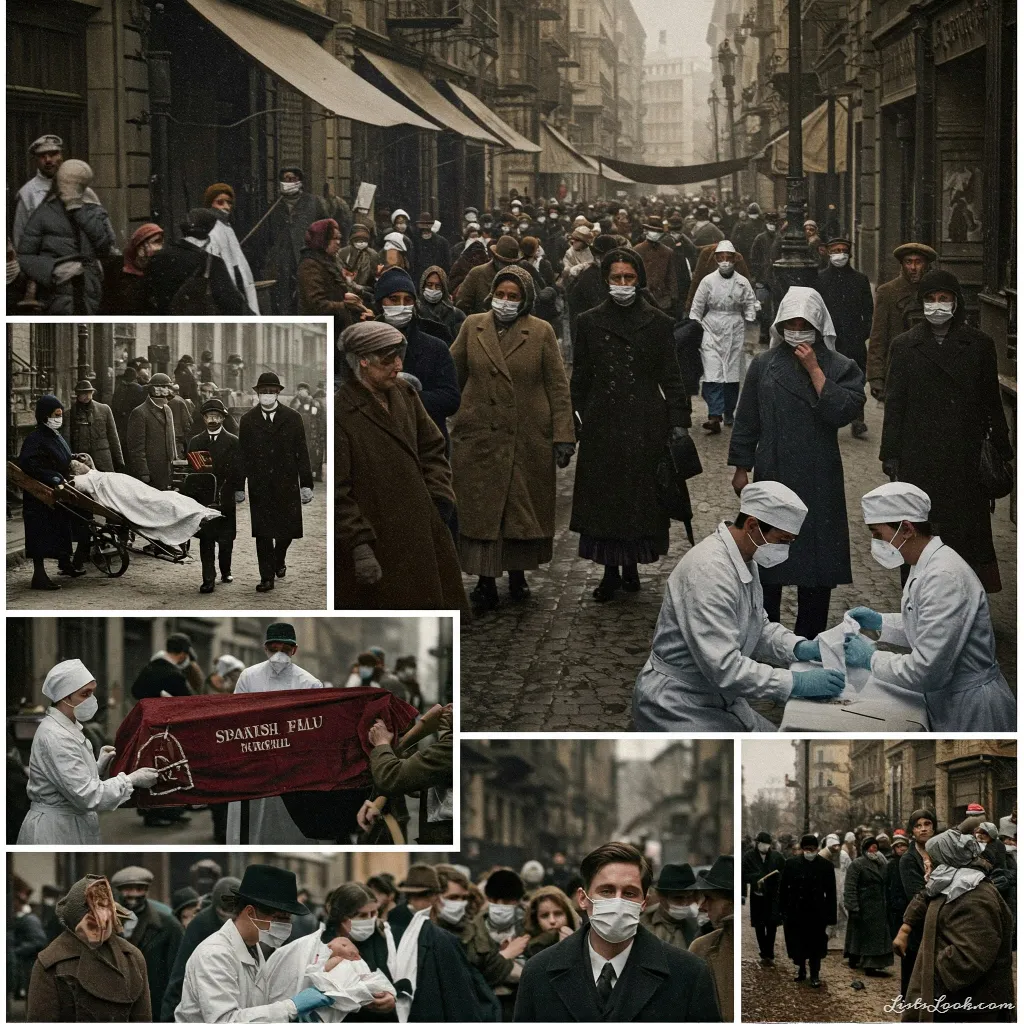
Unveiling History's Silent Killers: 7 Pandemics That Changed the World
Throughout human history, disease outbreaks have acted as brutal turning points, leaving indelible marks on societies and civilizations. More devastating than wars, more impactful than famines, pandemics have the power to reshape our world in profound ways. From ancient plagues that decimated empires to more recent outbreaks that tested global resilience, these events offer stark lessons about our interconnectedness and vulnerability. Prepare to embark on a compelling journey through time as we uncover 7 major pandemics that not only caused immense suffering but also fundamentally altered the trajectory of human history. Discover how these silent killers shaped our world, leaving behind legacies that continue to influence us today.
1. The Antonine Plague (165-180 AD): Rome's First Pandemic Blow
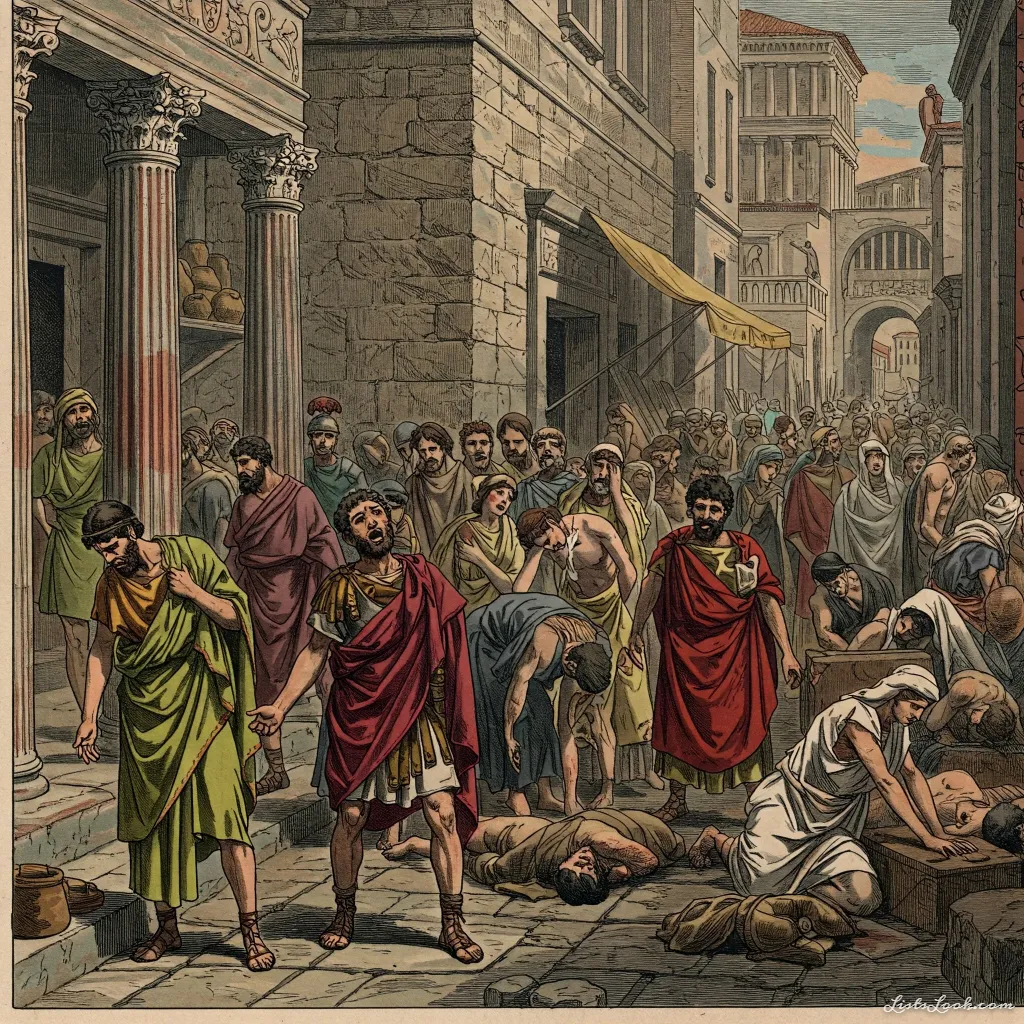
Imagine the mighty Roman Empire, seemingly invincible, suddenly gripped by a mysterious illness. The Antonine Plague, likely smallpox or measles, swept through the empire during the reign of Marcus Aurelius. Roman soldiers returning from campaigns in the Near East are believed to have carried the disease, which then spread rapidly through trade routes and densely populated cities. Historians estimate that it killed millions – possibly up to 5 million people – significantly weakening the Roman military and economy. Some scholars believe this pandemic marked the beginning of the decline of the Roman Empire, demonstrating how disease could destabilize even the most powerful civilizations. The societal disruption was immense, impacting everything from trade and agriculture to religious beliefs and political structures.
2. The Plague of Justinian (541-549 AD): A Byzantine Empire Under Siege

Centuries after the Antonine Plague, another devastating pandemic struck, this time targeting the Byzantine Empire. The Plague of Justinian, an early outbreak of bubonic plague, erupted in Egypt and spread like wildfire through the Mediterranean world. Named after Emperor Justinian I, during whose reign it began, this pandemic is estimated to have killed 25-50 million people globally, with Constantinople, the Byzantine capital, particularly hard hit. The plague had profound consequences, weakening Justinian's ambitious plans to reunite the Roman Empire and contributing to long-term economic decline. Socially, it fostered widespread fear and religious fervor, influencing the course of Byzantine history and beyond. It also disrupted trade networks and agricultural production, leading to widespread societal upheaval.
3. The Black Death (1346-1353): Europe's Devastating Turning Point
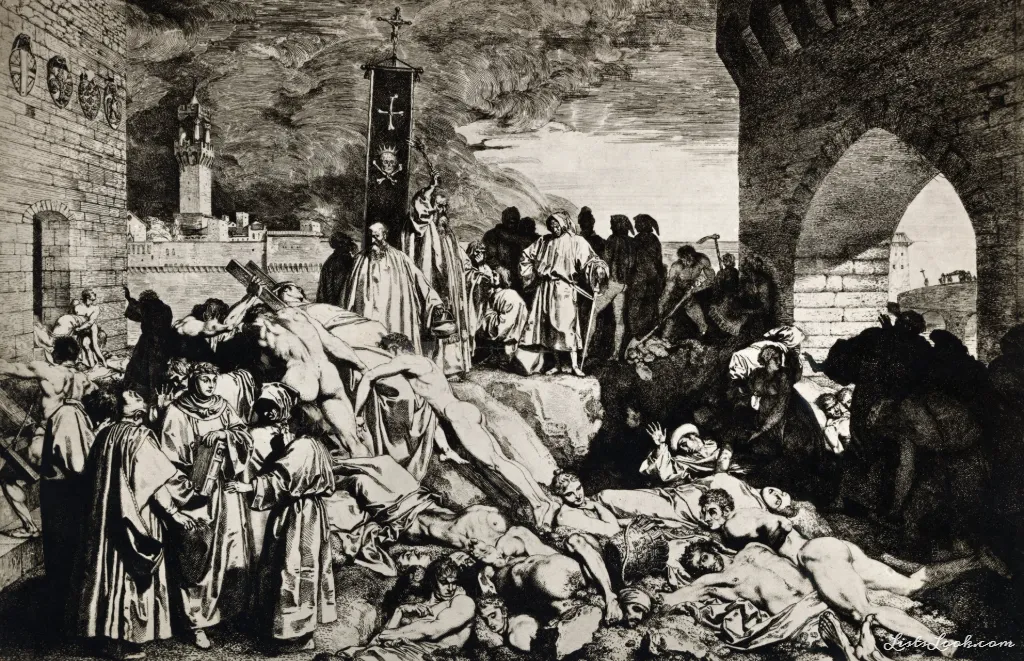
The Black Death, the most infamous pandemic in history, was another bubonic plague outbreak that ravaged Europe, Asia, and North Africa. Originating in Central Asia, it likely traveled along trade routes, reaching Europe in 1347. The scale of death was unprecedented, wiping out an estimated 75-200 million people globally, with Europe losing approximately 30-60% of its population. The Black Death had transformative effects on European society. Labor shortages led to the decline of feudalism and the rise of wages for peasants. Religious and cultural upheaval occurred, with some questioning the Church's authority and others turning to more extreme forms of piety. The pandemic also spurred advancements in medicine and public health, albeit slowly, as societies grappled with understanding and preventing such widespread devastation.
4. The Columbian Exchange (15th-16th Centuries): Disease as a Weapon of Conquest
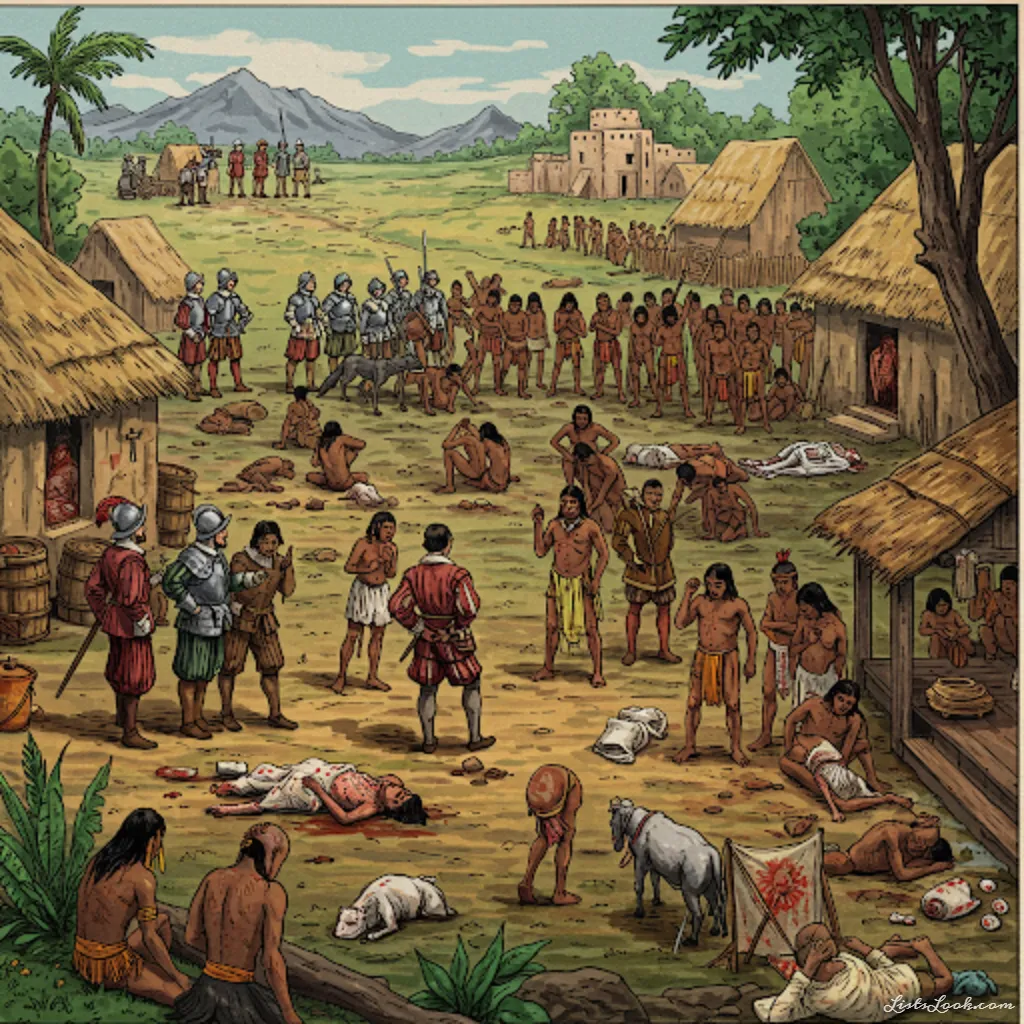
The arrival of Europeans in the Americas marked a catastrophic demographic shift, largely due to disease. European colonizers unknowingly brought with them diseases like smallpox, measles, and influenza, to which indigenous populations had no immunity. These diseases spread rapidly, decimating Native American populations on an unimaginable scale. While not a single pandemic event, the Columbian Exchange represents a series of devastating outbreaks that killed an estimated 50-90% of the pre-Columbian population in the Americas over the course of a century. This demographic collapse was a key factor in European colonization, weakening indigenous societies and facilitating conquest. The long-term consequences include profound cultural loss, societal disruption, and the reshaping of the Americas' demographic landscape.
5. The Great Plague of London (1665-1666): A City Under Siege
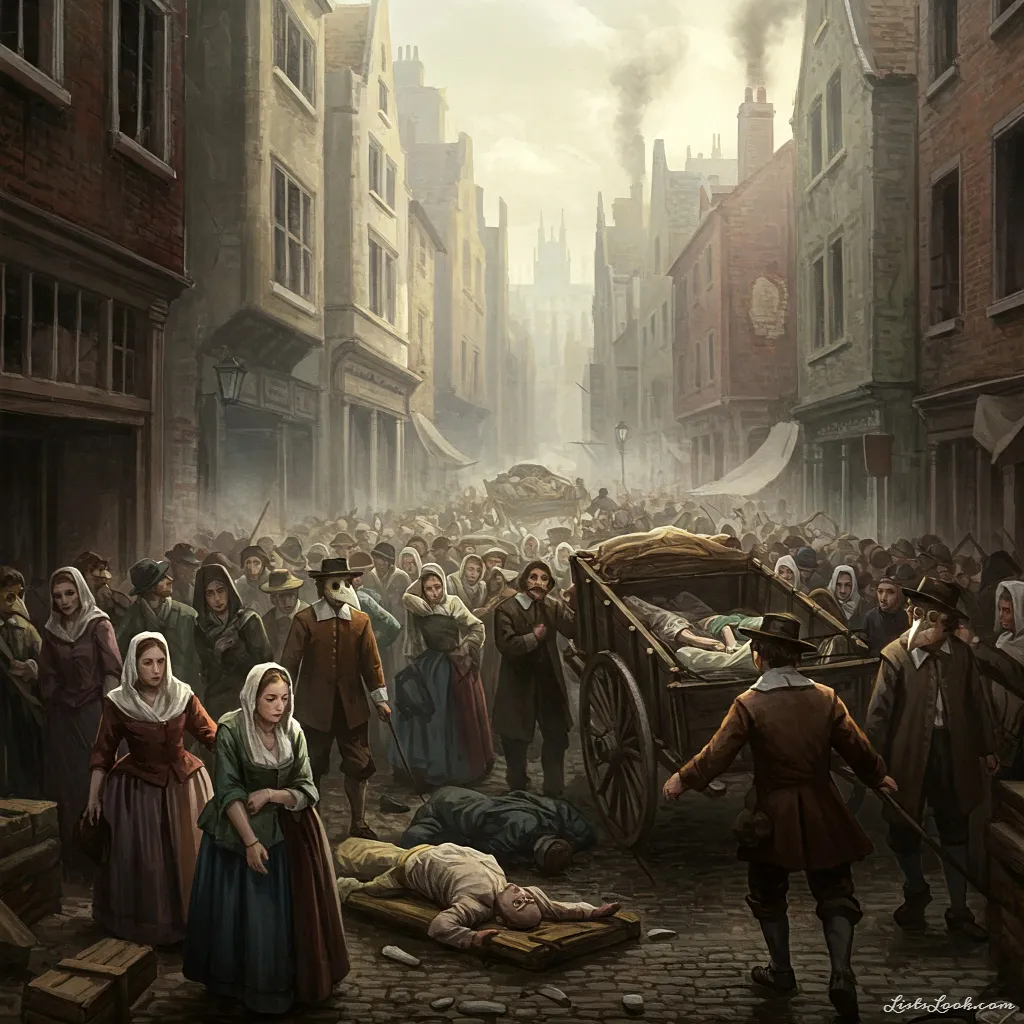
Centuries after the Black Death, bubonic plague resurfaced in Europe, with notable outbreaks like the Great Plague of London. While less widespread than the Black Death, it was still a terrifying event for 17th-century London. The plague killed an estimated 100,000 people in London, roughly 15% of the city's population. This outbreak is famously documented in Samuel Pepys' diary, providing a vivid firsthand account of life during the plague. The Great Plague spurred advancements in public health measures in London, though understanding of disease transmission was still limited. It also had economic and social impacts, disrupting trade and daily life in the bustling city. The subsequent Great Fire of London in 1666, while devastating, ironically helped to end the plague by destroying rat-infested buildings.
6. The Spanish Flu (1918-1920): A Global Killer in the Modern Age
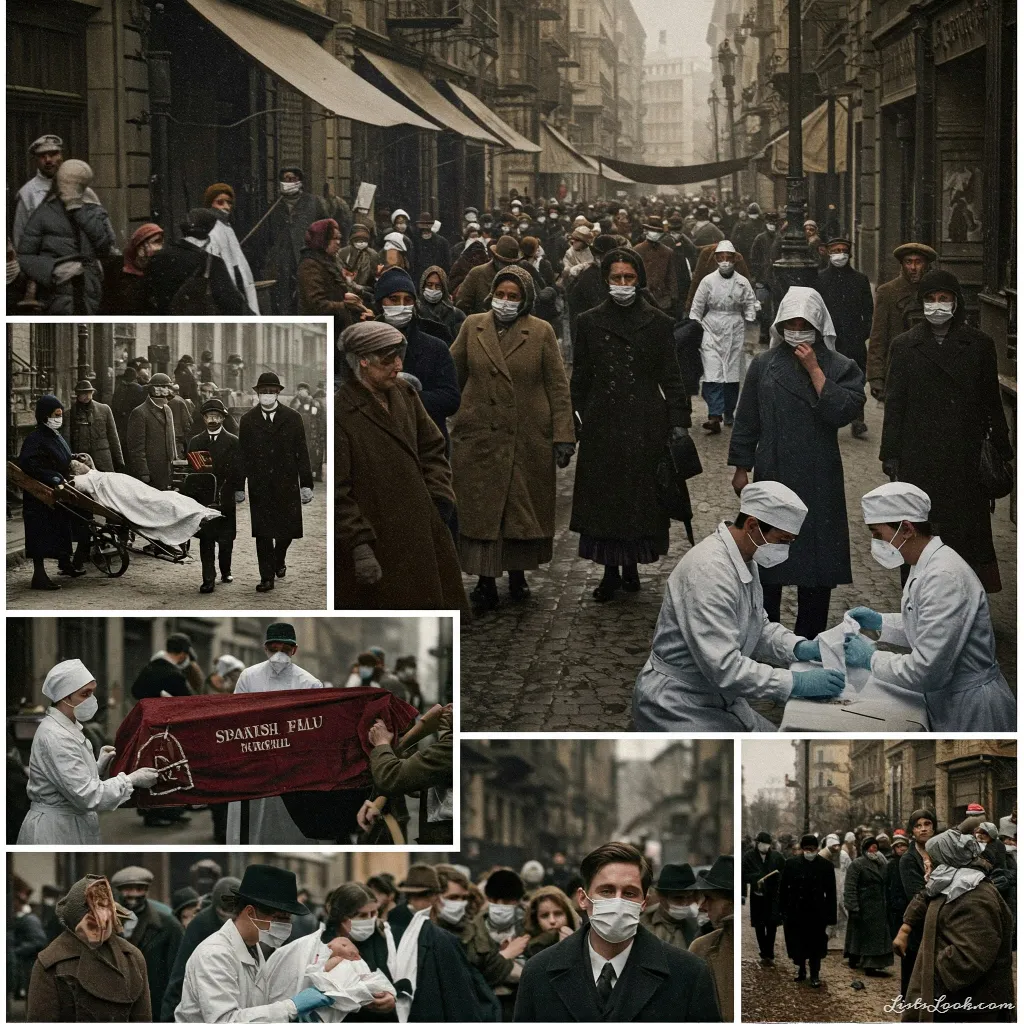
The Spanish Flu, an unusually deadly influenza pandemic, emerged at the end of World War I and rapidly spread across the globe. Unlike typical flu strains, it disproportionately affected young, healthy adults. It infected an estimated 500 million people worldwide and killed an estimated 50-100 million, making it one of the deadliest pandemics in history. The Spanish Flu occurred during a time of global upheaval and had significant social, economic, and political consequences. It overwhelmed healthcare systems, disrupted economies already strained by war, and contributed to widespread social anxiety and fear. Despite its devastating impact, the Spanish Flu was somewhat overshadowed by the aftermath of World War I in historical memory, though its lessons about pandemic preparedness remain crucial.
7. HIV/AIDS Pandemic (1981-Present): A Modern Plague and Ongoing Challenge
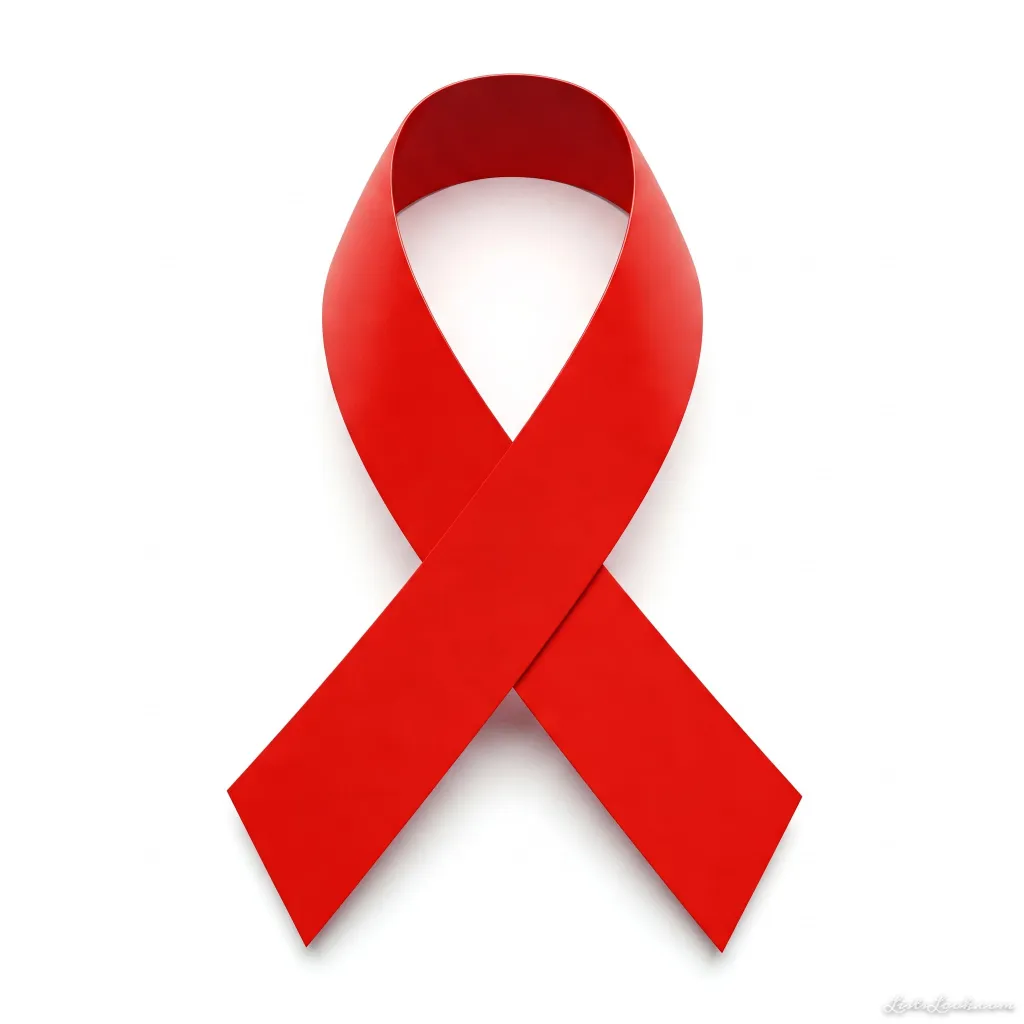
The HIV/AIDS pandemic, identified in the early 1980s, is a more recent and still ongoing global health crisis. HIV (Human Immunodeficiency Virus) weakens the immune system, leading to AIDS (Acquired Immunodeficiency Syndrome), making individuals susceptible to opportunistic infections. Since the start of the epidemic, it has infected an estimated 75 million people and killed around 32 million worldwide. HIV/AIDS disproportionately affected marginalized communities and initially faced stigma and misinformation. However, it also spurred unprecedented global collaboration in scientific research, public health interventions, and advocacy. While there is still no cure, antiretroviral therapies have transformed HIV/AIDS into a manageable chronic condition for many, highlighting the power of scientific progress and sustained global efforts in combating pandemics. The fight against HIV/AIDS continues, emphasizing the ongoing need for prevention, treatment, and addressing social determinants of health.
Comments
Loading comments...